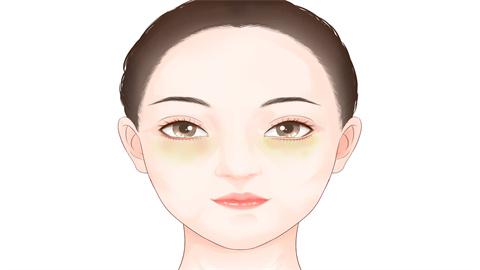What are the postoperative complications of the pouch closure technique for removing eye bags?
Generally,眼袋 removal using the capsule closure technique may involve postoperative complications such as pigmentation, eye hollows, eyelid eversion, swelling and pain, and infection. The usual reference price for the capsule closure technique for眼袋 removal is 3000-6500 yuan per session, with visible improvement typically seen one to three months after surgery. Detailed analysis is as follows:

1. Pigmentation
After surgery, inflammation or poor local blood circulation may lead to pigmentation and bruising. These pigment changes usually fade gradually over several months but may sometimes leave permanent marks.
2. Eye Hollows
If excessive fat is removed during surgery, noticeable hollowing around the eyes may occur. This hollowing significantly affects the aesthetics of the eyes, making them appear older and more tired.
3. Eyelid Eversion
DOuring the眼袋 removal procedure using the capsule closure technique, improper surgical techniques, such as removing too much fat or excessively tight suturing, may cause eyelid eversion. Eyelid eversion not only affects appearance but may also cause ocular discomfort and functional problems, such as tearing in windy conditions and light sensitivity.
4. Swelling and Pain
After眼袋 removal using the capsule closure technique, swelling and pain at the surgical site may occur. These are normal postoperative reactions that usually subside gradually within a few days to weeks. However, if the swelling and pain persist, worsen, or are accompanied by other concerning symptoms, prompt medical attention may be necessary.
5. Infection
All surgical procedures carry a risk of infection, and眼袋 removal using the capsule closure technique is no exception. If proper postoperative care is not followed, such as keeping the wound clean and dry, infection may develop. Symptoms of infection include redness, swelling, pain, and fever. Severe infections require prompt medical treatment.
Protein aids in wound healing; therefore, postoperative dietary intake should include appropriate increases in protein-rich foods such as eggs and lean meats. Additionally, maintaining adequate hydration supports metabolism and wound healing.




